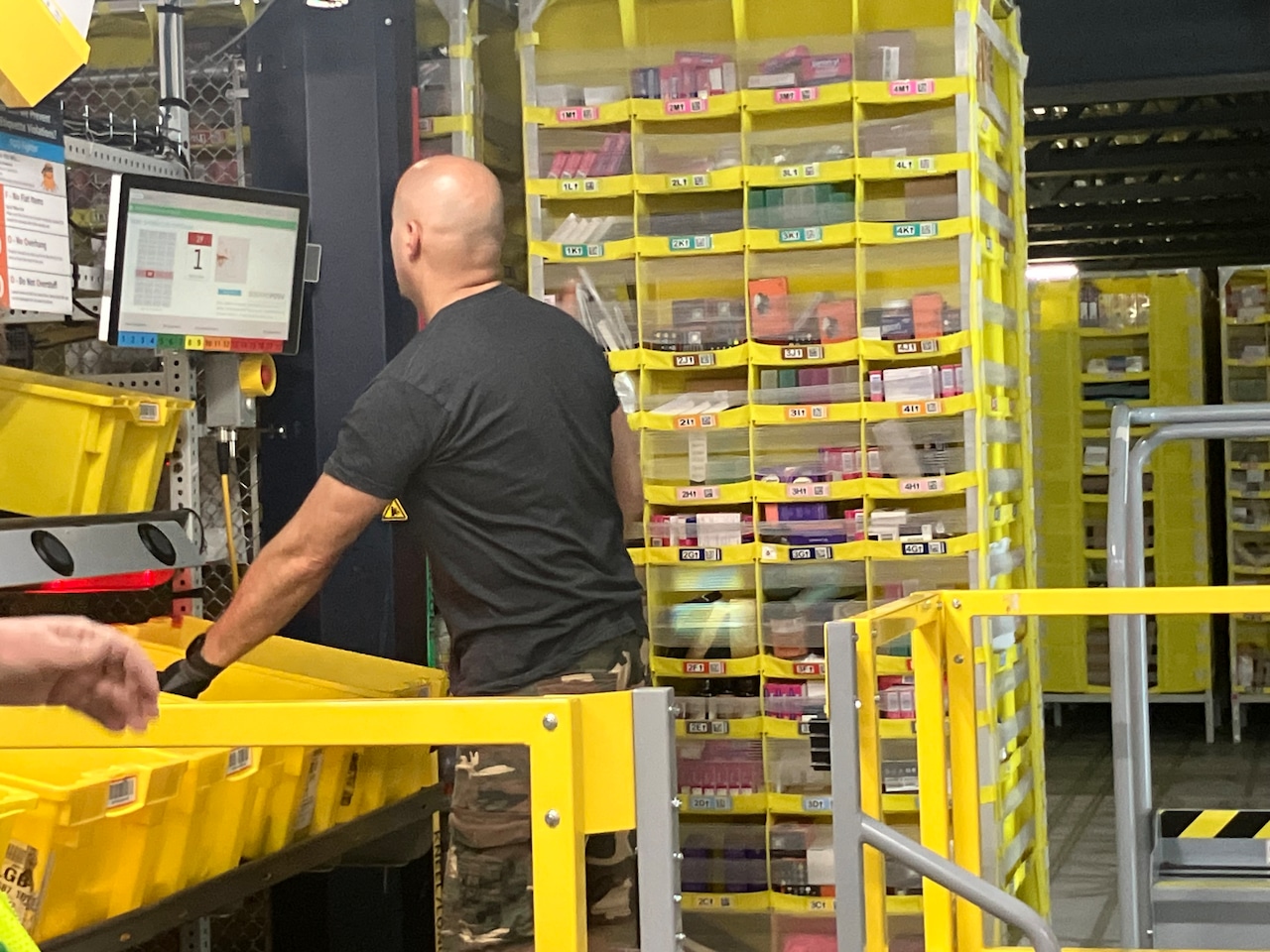Multiple reports say Amazon is preparing targeted management layoffs as part of a push to flatten the organization and accelerate AI and automation adoption. The move aims for roughly 3 billion in savings and raises questions about workforce impact, reskilling, and reputation.

Multiple reports on October 15 2025 indicate Amazon is preparing another significant round of job cuts focused on management roles. Coverage frames this as part of an AI driven restructuring and automation led workforce change that continues the companys earlier cuts of about 27 000 corporate positions from late 2022 into 2023. Company leadership is reported to be aiming for approximately 3 billion in savings while raising the ratio of individual contributors to managers.
Flattening means reducing management layers so decisions move faster and reporting lines are shorter. Amazons move toward a leaner organization reflects a wider trend in Big Tech where firms pursue automation and AI to increase efficiency and cut overhead. For readers tracking this story under search queries like Amazon management layoffs 2025 and Amazon HR layoffs 2025 the key frame is cost cutting plus technology led change.
Targeted cuts and greater automation can yield measurable cost savings and efficiency gains. Removing layers of management can shorten decision cycles improve consistency and free capital for investments in product logistics or AI infrastructure. For companies and vendors tracking automation led workforce changes this creates demand for workflow automation tools and change management services.
Surviving roles are likely to be reshaped. Managers may transition from direct oversight to coaching exception handling and long term strategy. Many routine supervisory functions may become automated which means employees will face reskilling pressure to work alongside AI systems and to perform higher value tasks that machines cannot easily do.
Repeated large scale cuts can damage employee trust and external reputation making hiring for top talent more difficult. Articles optimized for search terms like how AI and automation are reshaping Amazons workforce and what Amazon layoffs mean for tech professionals in 2025 can attract readers seeking career guidance and employer insights.
This episode is a concrete example of how automation decisions shape organizational design. Companies that prioritize AI driven restructuring may see faster execution and lower overhead but they must balance those gains against cultural and public relations risks. For potential clients and vendors this trend highlights opportunities in tools that automate routine managerial workflows and services for reskilling and transparent communication.
Amazons reported plan to cut managers in favor of a flatter structure and more automation is a test case in the trade offs of modern corporate efficiency. The move could deliver significant savings and speed if the roughly 3 billion target is achieved. At the same time it raises predictable questions about workforce transitions reskilling and brand risk. For organizations watching this as a model or a cautionary tale the lesson is clear. Adopting automation for managerial work requires both technology investment and deliberate people strategy to make efficiencies sustainable.



